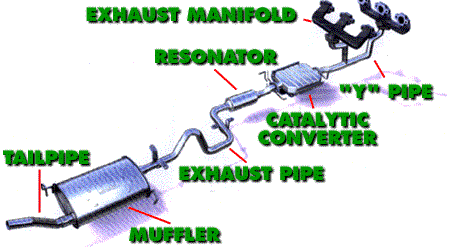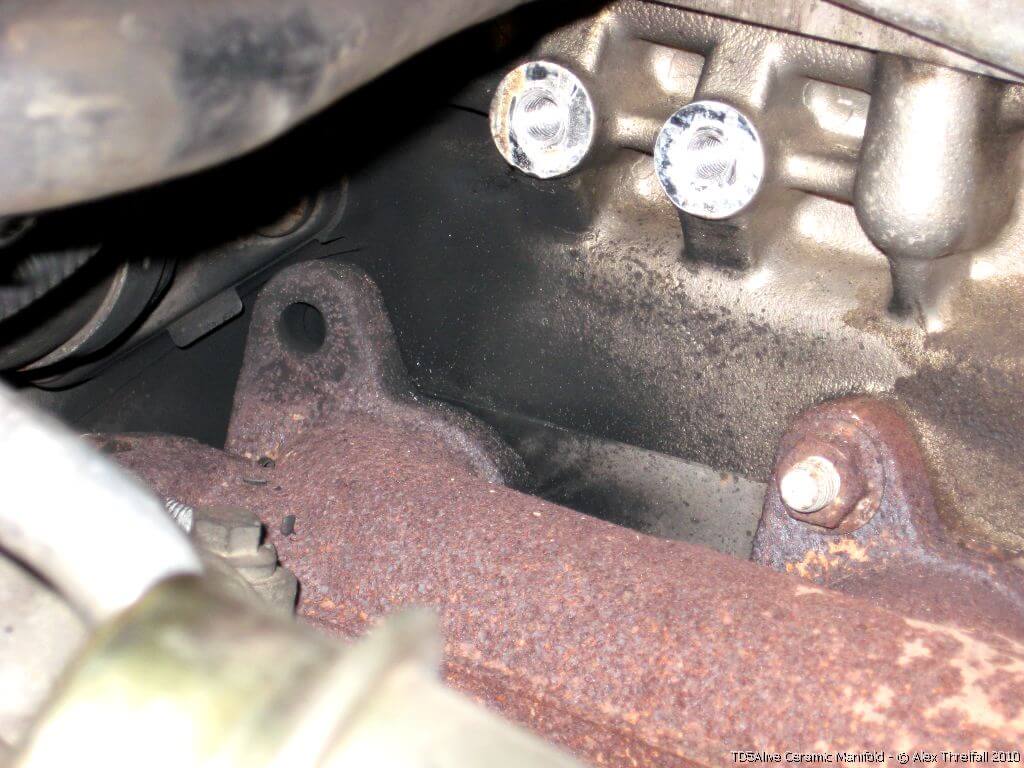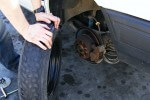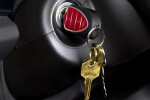Car Care & Maintenance · Customized & Improvised · The African Autos
Tips For Troubleshooting Exhaust Problems
Exhaust noise and some kinds of smoke mean trouble. Even if you can’t hear the noise there might be some leaks. This is why you should take a few minutes of your time to check the exhaust system because it is one of the most ignored important parts of the car. Most original exhaust pipes will go for about 5 to 7 years before different parts start to rot, some can start failing apart sooner. If the vehicle has been exposed to salty water and short trips or stop-and-go driving. The following are important tips to troubleshoot your faulty exhaust system.
Inspect Your Exhaust
Regularly inspecting your exhaust will assist you in finding any pending problems before they become worse conditions. Start the inspection from the engine all the way to the tailpipe.
You will need to test the exhaust pipe to find out whether it is rotten. Use a large pliers and if the pipe gives when you apply pressure, then it is rotten and needs replacement. Testing the muffler can be done through poking and this will tell you whether the corrosion is just on the surface or goes all the way to the inside. There might be a buzzing sound caused by a loose heat shield. It is however advisable never to remove the heat shield as it was installed to prevent heat from affecting the break and fuel lines and other parts nearby.
Exhaust Noise
Harmonic resonance is another source of a buzzing noise coming from the exhaust. The noise gets loud at certain rpms or when the vehicle is accelerating. It is important that you pay attention to the type of noise that is coming from the exhaust. A whistle or a high pitched tailpipe indicates unusual high back pressure and restriction in the exhaust. Exhaling is important for the engine and you should have the restriction solved immediately.
Pay attention to the point where the exhaust manifold meets the cylinder head. This is where most leaks happen, and go undetected. This leak is potentially dangerous because the carbon monoxide can get into the passenger compartment which can lead to poison. Escaping hot gases can also burn nearby wires resulting in more problems.
Test The Exhaust Pipe
Exhaust Restriction
Poor fuel economy and power loss indicates an internal blockage or restriction. A good way to find out if there is restriction is through reading he intake manifold vacuum when at idle. Most normally functioning vehicle at idle will be at 18 and above inches of vacuum. Anything less is a symptom of excessive back pressure.
Smoke Colors
Blue/grey exhaust Smoke – This indicates the burning of oil in the combustion chamber and you should check valve seals, valve guides, piston rings, PCV system and cylinder walls.
Black exhaust Smoke – This is caused by a fuel rich condition and can be caused by fuel return, fuel pressure regulator and fuel injector issues.
White/grey exhaust Smoke – This can signify the burning of the coolant in the combustion chamber and the possible cause are cracks in the engine block, or the cylinder head and damaged or blown out gasket.









